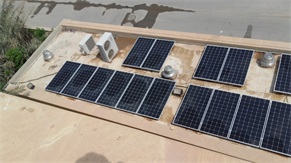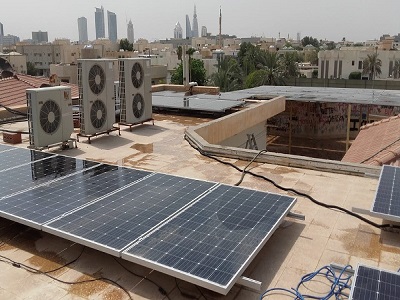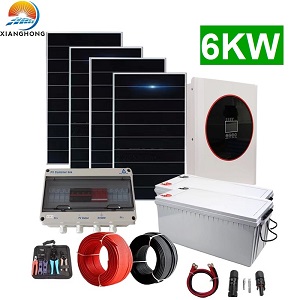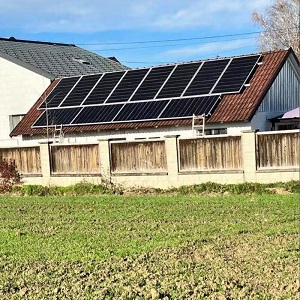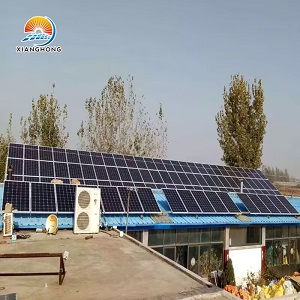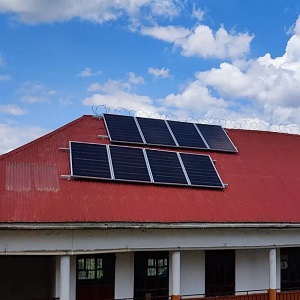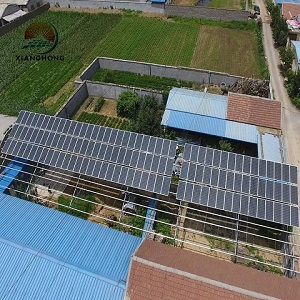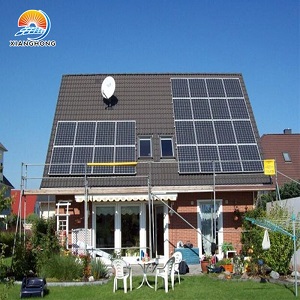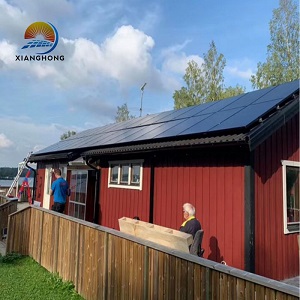How to identify the 4 grades of solar photovoltaic panels
 Xianghong
Xianghong  August 16,2024
August 16,2024
The grades of solar photovoltaic panels can be divided into A grade, B grade, C grade, and D grade, and A grade components can be divided into two grades, A+ and A-. Very big. So what kind of solar panel is called A grade, and what kind of solar panel is called D grade? Below, Qingdao Xianghong Group will give you a brief introduction:
A-level modules: A-level cells are the highest quality cells that can be used in components;
B-level modules: B-level cells are slightly lower than A-level components, and the components can be downgraded to use complete cells;
C-level modules: C-level cells are seriously poor in appearance and have missing corners. They are only suitable for cutting cells to make small components and supplying them to customers with special needs;
D-level components: D-level cells are fragments, which are supplied to customers with special needs or treated specially.
So how do we judge the grade of solar photovoltaic panels?
Judging the grade of solar photovoltaic panels from the following two points:
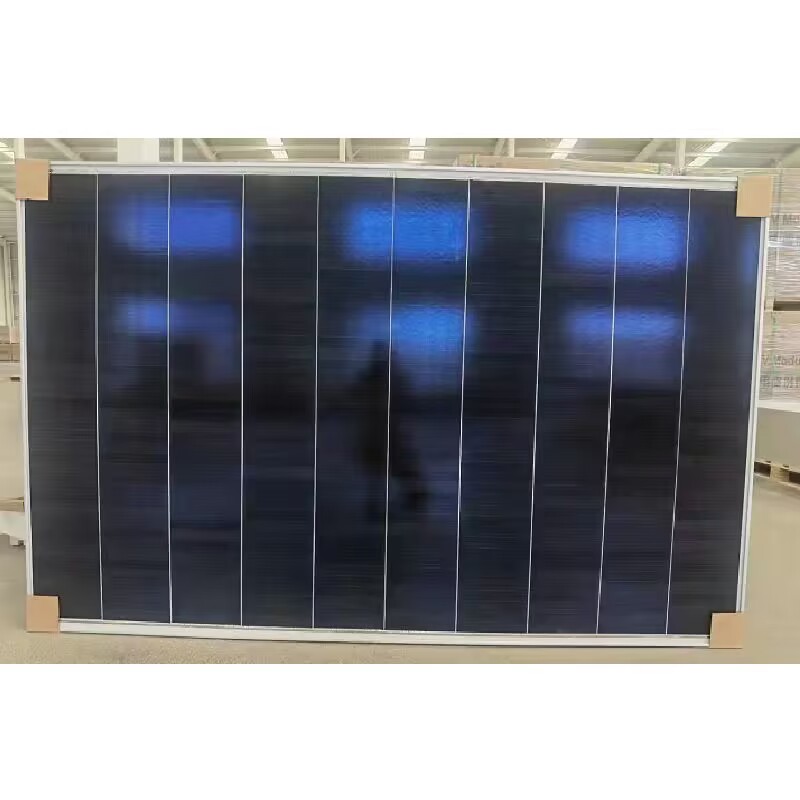
Appearance judgment of solar photovoltaic panels
1. Look at the surface
Carefully check the tempered glass surface, the products of small manufacturers are relatively rough, and the residual silica gel on the surface will reduce the power generation efficiency of the panel.
2. Look at the battery sheet
Check the cells for edge chipping and cracks. There are many informal manufacturers who use broken battery sheets to splice together. This method has great risks and hidden dangers, which will affect the safe use of the entire battery board.
3. Look at the back
Look at the quality of the pressure on the back. If there is unevenness after bearing pressure, such as bubbles, wrinkles, etc., it is regarded as a relatively low-quality product.
4. Look at the frame
Is it straight? Due to the low barriers to entry in the solar panel industry, many small manufacturers use manual framing, the shape is not strictly rectangular, and the degree of firmness is greatly reduced.
5. Look at the silicone
See if the silica gel is evenly distributed around the back, and whether it is tightly infiltrated into the gap between the backplane and the frame.
6. Watch welding
Carefully observe whether there is any missing welding in the string welding of the cells. At the same time, it is also necessary to check whether the arrangement of the cells is regular.
7. Look at the junction box
Finally, check whether the junction box is firm, whether the junction box cover can be firmly and tightly attached to the junction box, and whether the outlet wire lock can rotate freely and can be tightened.
Solar panel purchase channels
Whether you buy from authorized distributors of regular big brand manufacturers, and check and check the quality assurance contract, invoice, etc. These determine whether you can buy A-level modules and enjoy after-sales service and subsequent 25-year quality assurance services.
With the rise of photovoltaic power generation, many module factories have also been added to the market. Some module factories will have strict factory inspections during the production of photovoltaic modules, and divide the modules into A, B, C, and D grades according to their performance and appearance. And some small component factories just follow the trend, buy old cells, and then process them and sell them. For friends who are new to the industry, it is easy to buy these B-level and C-level components, and they will be broken within a few years. Class A modules have excellent performance and a service life of at least 25 years. Generally speaking, only A-level modules can be marketed openly and aboveboard.
4 Misunderstandings of solar photovoltaic panels
Every region in our country is vulnerable to extreme weather conditions. From hot in the south to cold in the north, the weather in many regions is unpredictable. There are many misconceptions about the ability of solar photovoltaic panels to withstand these extreme weather changes. Next, Xindun will explain to you 4 common misunderstandings about solar photovoltaic panels.
1. The solar panel does not work properly in cold weather. This is not true. In fact, the modules get their energy from light rather than heat. So the cold weather has nothing to do with it not working. solar photovoltaic panels work better in cold weather. It keeps them from getting hotter and absorbing less energy from the sun.
2. solar photovoltaic panels will damage my roof: It is reasonable to worry about whether solar photovoltaic panels will damage my roof. But you don't need to. If the installer follows the manufacturer's instructions, there is nothing to worry about.
3. solar photovoltaic panels require constant maintenance: One of the biggest fallacies of solar energy. The solar photovoltaic panels are designed to be durable. It requires little maintenance. You may have annual inspections, but otherwise, a properly installed solar panel requires little maintenance.
4. solar photovoltaic panels don't last long: Actually, these panels can withstand harsh weather conditions and last for decades.

